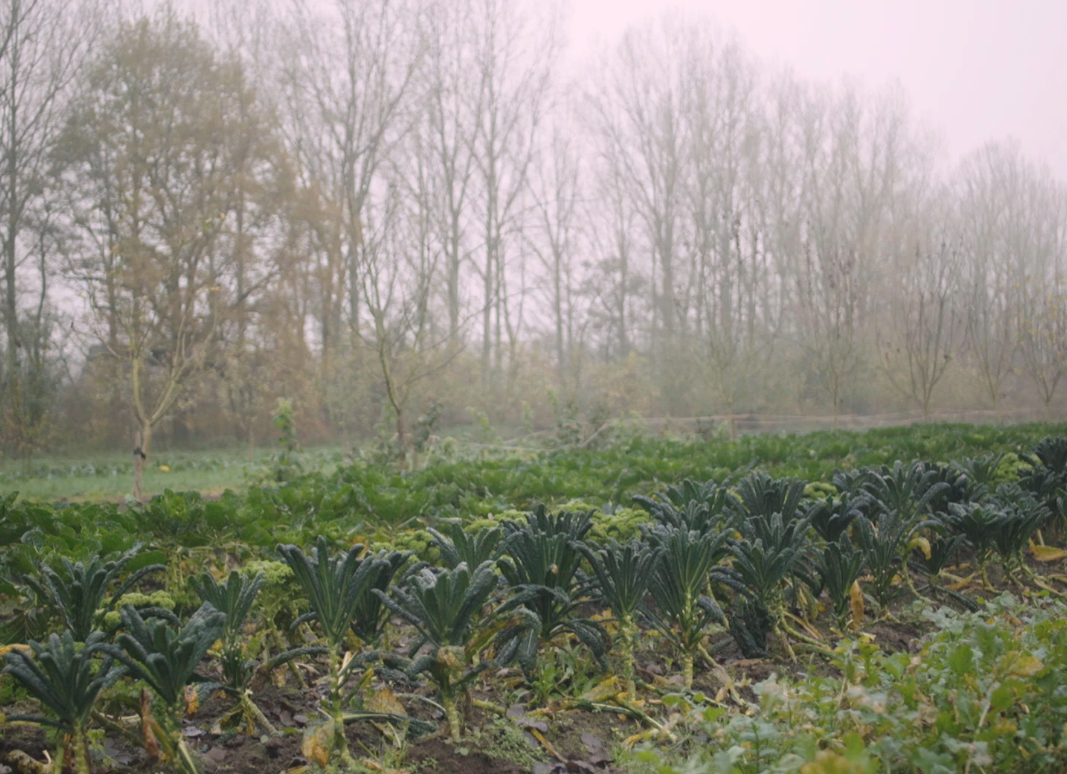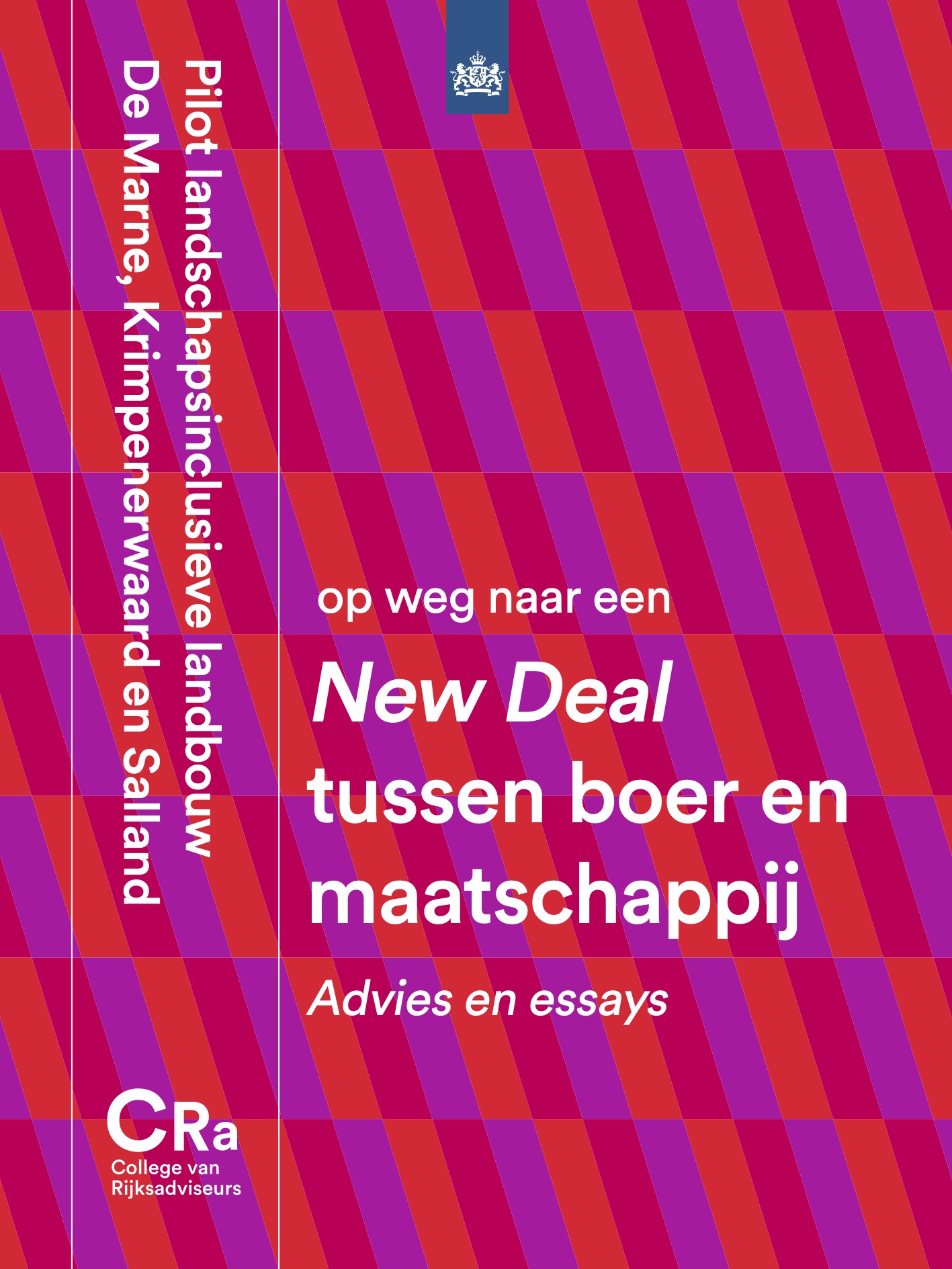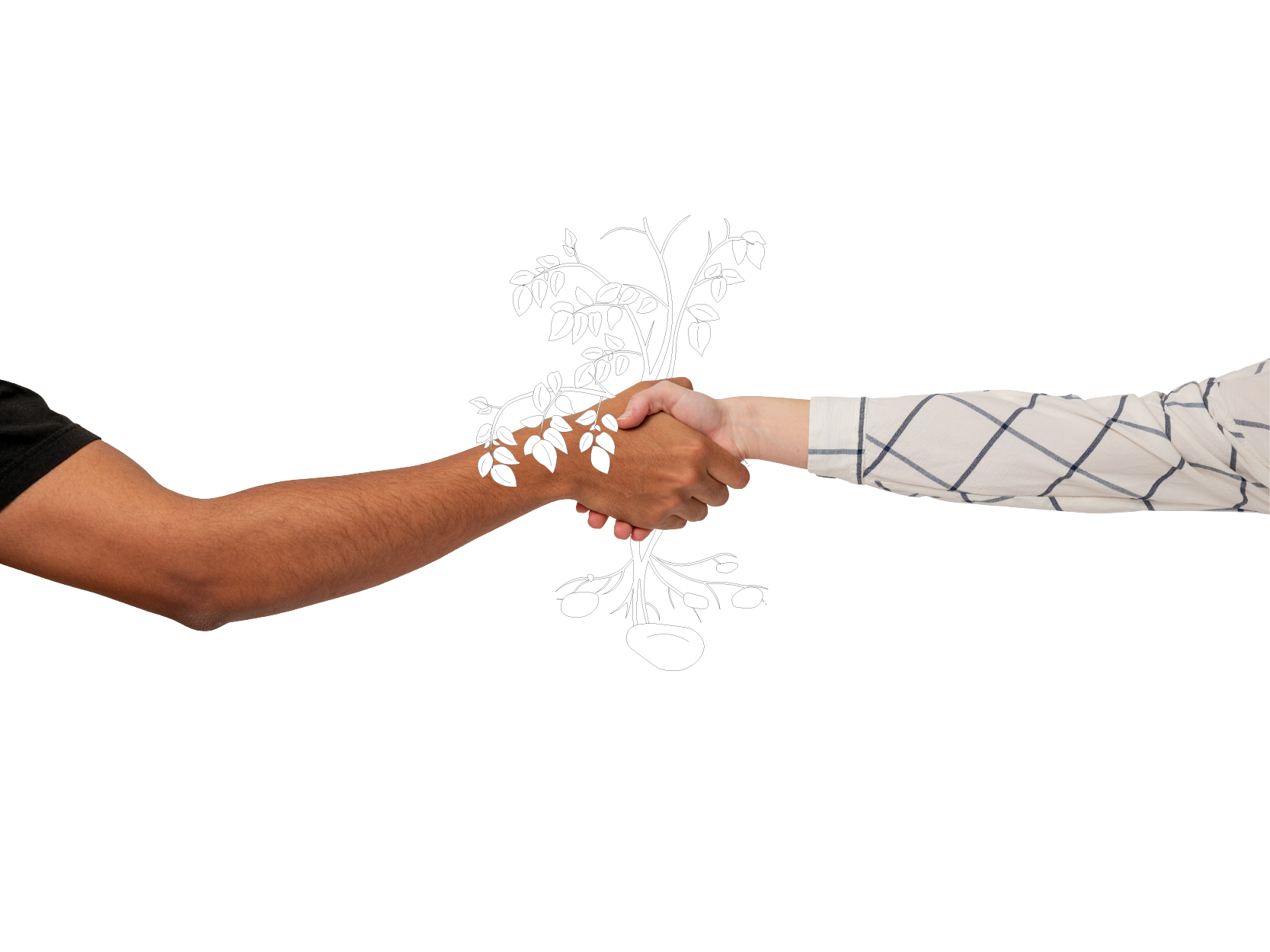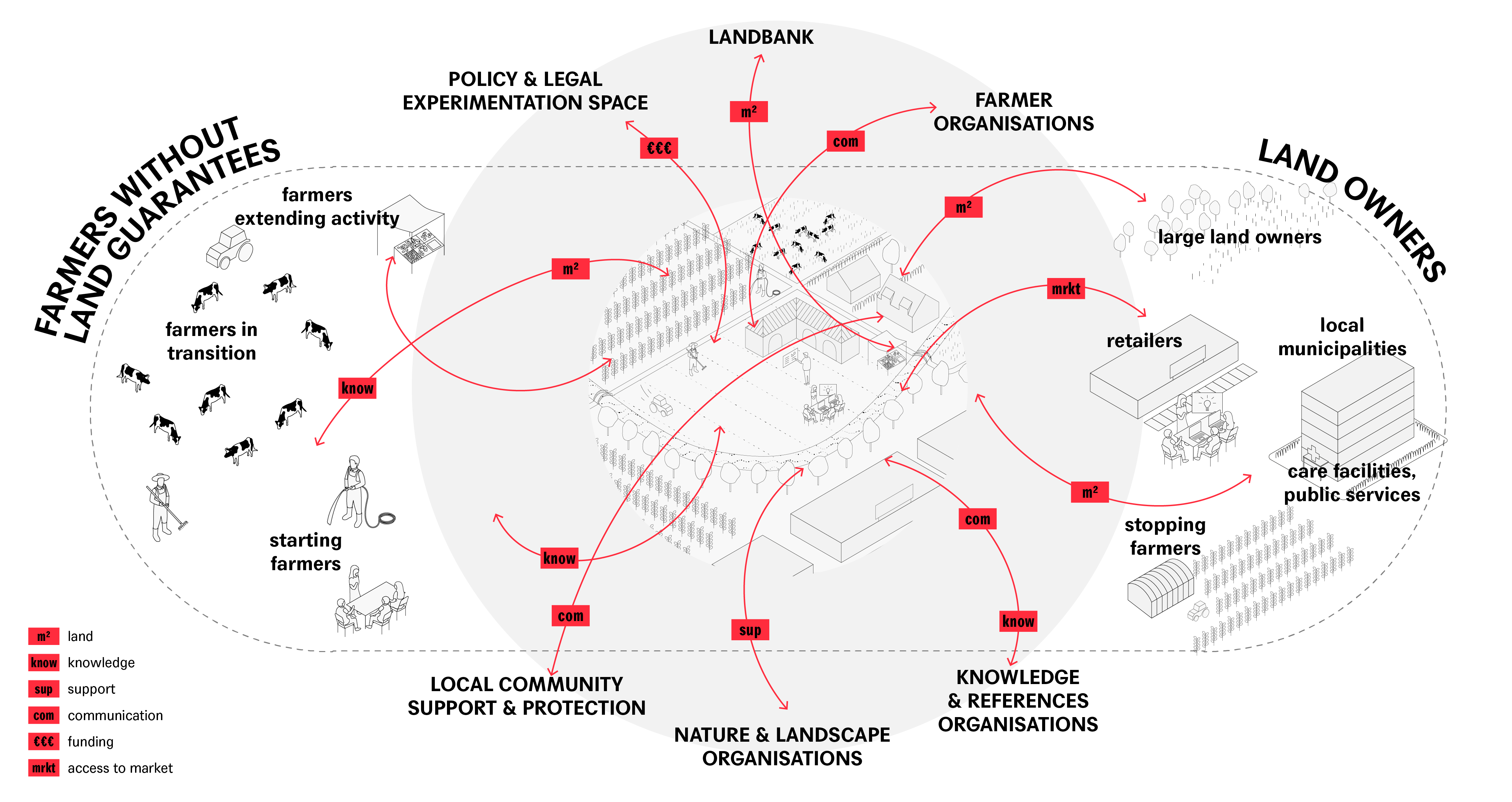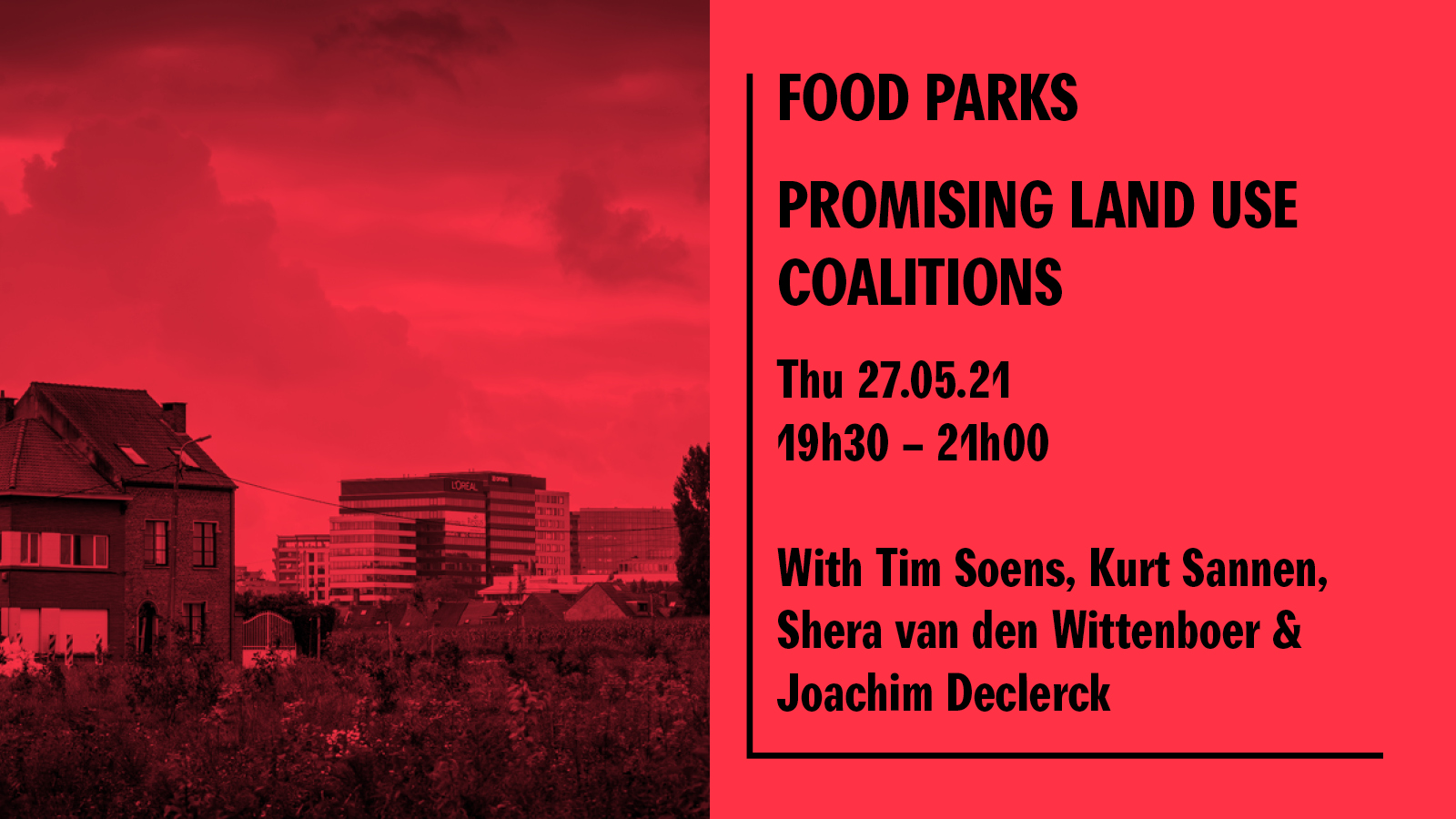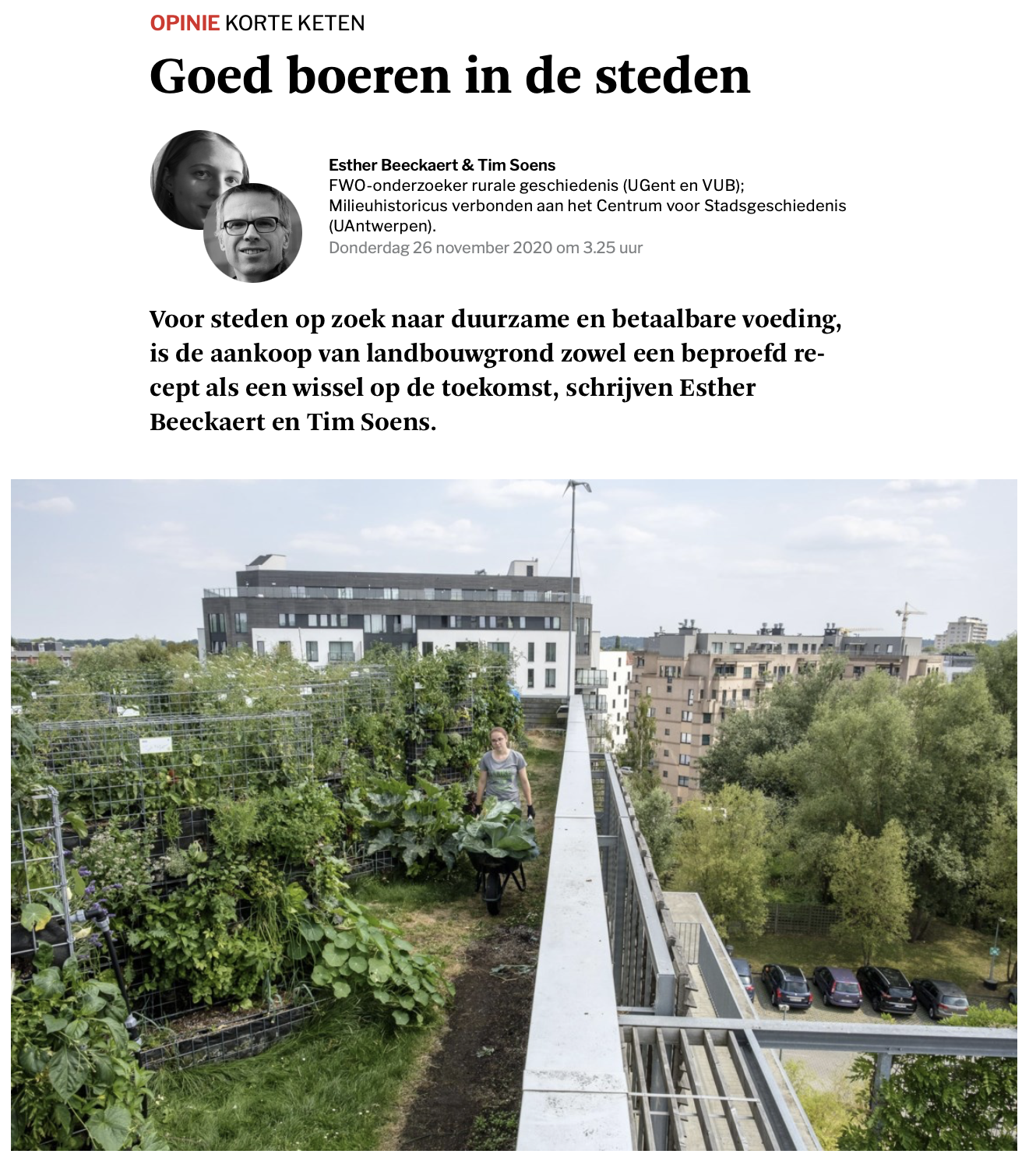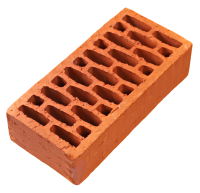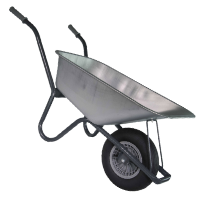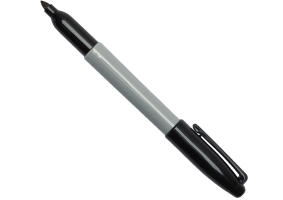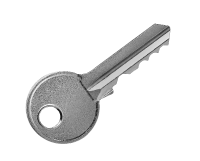1. Private individuals and farmers are joining forces to set up future-proof, local farms.
While the demand for local and healthy food is on the rise, the willingness of consumers to help make local food production possible again is also increasing. Just as citizens collectively purchase a district heat grid to supply their energy, they can invest in their own food supply. Investing in food means investing in land and in farmers! Citizens come together to jointly purchase land and employ a farmer to work it. Farms are more resilient if a group of private individuals stands alongside the farmer on the business side. Shared ownership allows certain financial costs and benefits to be borne collectively, such as trialling a crop that would not be profitable on the conventional market, sharing investments for expansion, or compensating harvest losses due to persistent drought. The farmer is supported democratically in his or her activities, can count on a group of shareholders during busy harvesting periods and benefits from a fixed wage. The citizen-entrepreneurs get a say in the cultivation plans and produce, are jointly responsible for the quality of the food they consume and enjoy a safe investment. In short, citizen-entrepreneurs and farmers collectively make long-term land use for food production possible!
bouwstenen: Herenboeren

